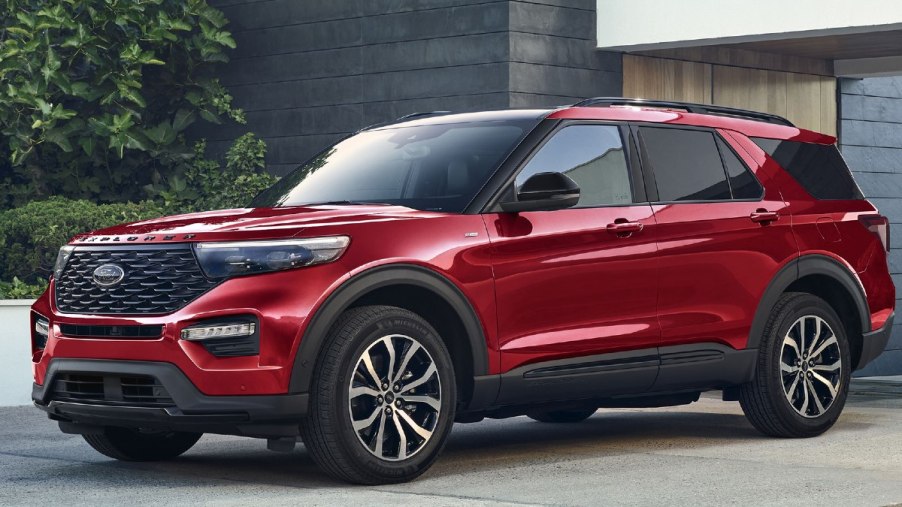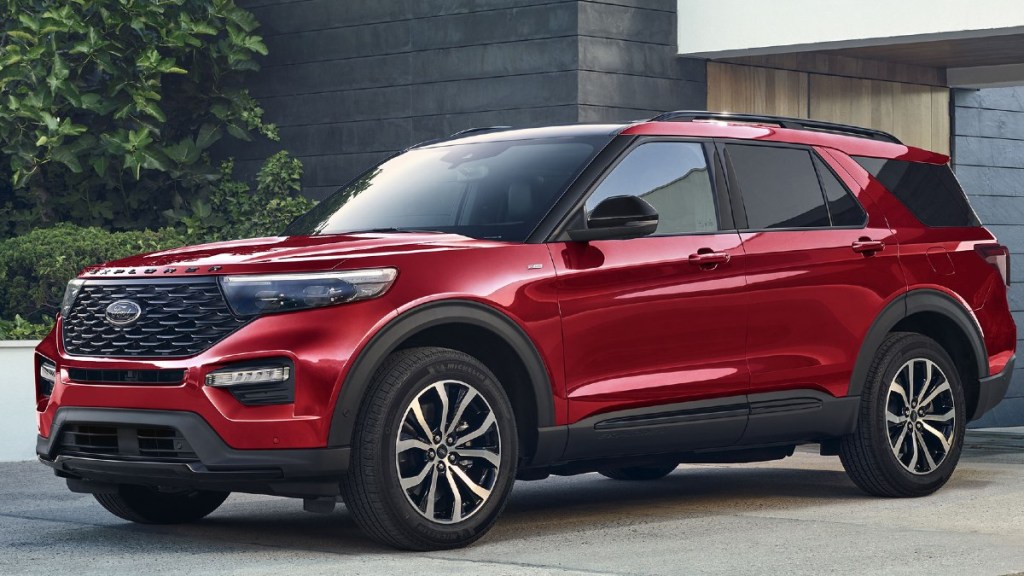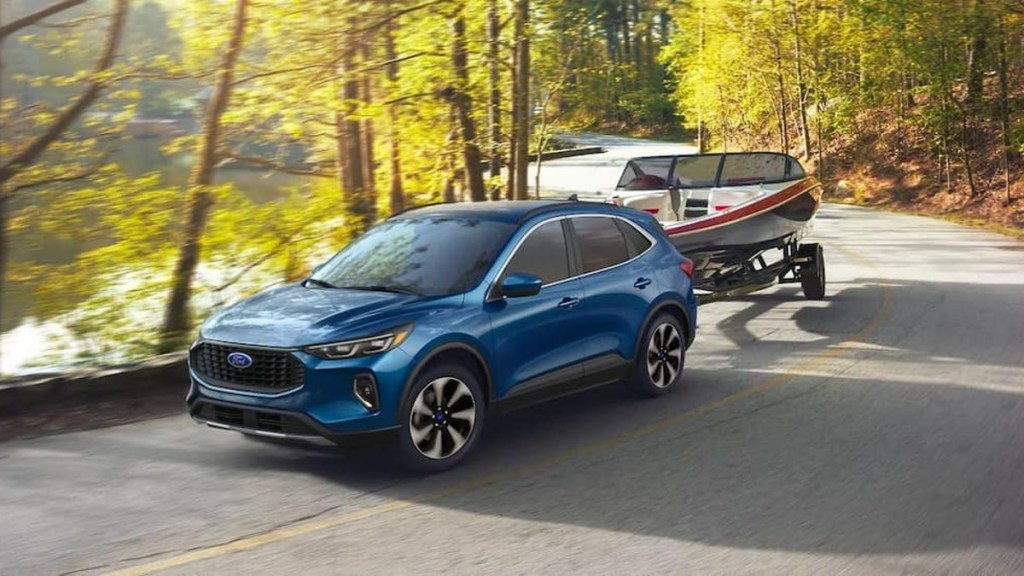
New IIHS Rear-Seat Crash Test Puts Ford SUVs in the Lead
The Insurance Institute for Highway Safety (IIHS) continually raises the bar for vehicle safety. Most recently, this includes a new IIHS rear-seat crash test to consider the safety of passengers in the second row. For years, the focus has been on passengers in the front seats of vehicles, but no longer. Ford is one of the only brands to have SUVs earn high ratings for this new crash test.
How is this new IIHS rear-seat crash test conducted?
This new crash test is an updated application of the moderate overlap front crash test. Instead of the crash-test dummies occupying the front seat, a dummy the size of a small woman or 12-year-old child is positioned behind the driver. The sensors on the dummy inform testers of injury risks to the simulated person’s head, neck, chest, abdomen, and thighs.
Which Ford SUVs reach the highest safety rating in this crash test?

Three Ford SUVs hit the highest safety rating in this crash test. The Ford Escape, Explorer, and Mustang Mach-E all earned “Good” ratings, which is the highest score given in crash tests by the IIHS. These three Ford SUVs have the highest safety rating and protection for occupants in the rear seat.
Why did the IIHS institute this new crash test?
Safety gains for rear passengers haven’t been as significant as those for front passengers. This new IIHS rear-seat crash test helps automakers understand the safety of passengers seated in the second row. Some people believe this is a safe place to sit because the front passenger and seat can protect passengers, but these new crash test results tell a different story. Motor 1 reported for the 2007 model year and newer vehicles, the risk of fatal injuries is 46 percent higher for passengers in the rear than in the front.
Before the development of crumple zones and advanced front occupant protections, the front passengers were much more likely to be injured in a front-end collision. Developing these crumple zones, impact areas, and airbags has flipped the script to make sitting in the rear more dangerous than in the front of most vehicles.
How well did the Ford Escape fare in the crash test?

The Ford Escape and Volvo XC40 were the only compact SUVs to receive “Good” ratings in this new IIHS rear-seat crash test. Results from the Ford Escape showed no excessive force on the dummy’s chest or misaligning of the safety belt. The IIHS results show the rear dummy’s head came closer to the front seatback than desired in the Escape.
The only midsize SUVs other than the Ford models to achieve “Good” ratings in this new test are the Subaru Ascent and Tesla Model Y.
Automakers need to step up the game to match the Ford SUVs’ safety ratings
None of the models tested in the midsize SUV class reached the “Acceptable” rating. Only the Ford Mustang Mach-E, Explorer, Subaru Ascent, and Tesla Model Y achieved “Good” ratings. All other midsize SUVs tested received ratings of either “Marginal” or “Poor.”
The compact SUV class offers a similar story. The only “Good” ratings were awarded to the Ford Escape and Volvo XC40 SUVs. The Toyota RAV4 received an “Acceptable” rating, while all other models tested only received the lower two ratings.
Will we see drastic improvements in this new IIHS rear-seat crash test results next year?



